Far from being a series of landscaped gardens as the name Garden Route might suggest, the stunning Western Cape coastline earns its name from the dense vegetation, sheltered lagoons and deserted beaches that contrast sharply to the country's arid interior. At the heart of this route, nestled in between the Outeniqua Mountains and the Indian Ocean, is the town of Knysna.
Located alongside a large lagoon and surrounded by forests, it is a perfect base to organize activities and explore the breathtaking coastal scenery on foot and from the water. On our first full day here, we decided to hike a section of the Kranshoek Coastal Hiking Trail escorted by a friendly guide who has been leading hikes and other outdoor activities for several years. She picked us up in her Range Rover and we set out to enjoy a clear and sunny day outdoors.
The trailhead is located at Harkerville Forestry Station that lies 17 km from Knysna on the road to Plettenberg Bay and we were able to procure self-issued permits at the entrance. We encountered a troop of loud baboons on the dirt path to the trailhead which generated more than a passing interest in our guide. She was familiar with the different troops that lived in the area and was surprised to see where this one was hanging out. She was expecting to see this troop a few kilometers further down on the trail.
The trail starts at the top of a waterfall, then winds it's way through dense indigenous forest interspersed with more recent pine plantations. As we hiked, we learned about the flora of the area, history of logging in the region and how forests are being restored today. We saw several species of trees, among which were the Stinkwood, a commercially important tree in the region and the Yellowwood, South Africa's national tree.
A tall tree with a small crown, Yellowwood is native to the forests of South Africa. It is a slow-growing tree that is prized for its hard wood. Consequently the timber was much sought after for ship building, making roofs, beams and furniture. Due to over-exploitation in the past, this once abundant tree soon became very scarce. All species of Yellowwood are now protected and logging is strictly controlled. Due to its rarity and beauty, Yellowwood furniture commands high prices today.
We also heard a number of bird calls, but it was very difficult to see any in the thick foliage above. The trail descended rapidly and the steep grade is made somewhat manageable by the presence of a series of well maintained log steps. At the bottom of the gorge, the trail meets with stream from the waterfall and follows it for a distance. The path crisscrosses the stream several times and the sight of gentle dappled light on the water accompanied by persistent bird calls above caused us to linger a little longer around here. The trail eventually passes through a thicket of tall reeds before opening out to the wild and dramatic coast where huge waves were breaking over massive sheets of rocks sticking out above the water. The beach has a layer of large, white, rounded pebbles and that combined with orange lichen covering the rocks makes for an interesting contrast against the blue sea.
While enjoying a well earned snack break on the beach, we were entertained by a couple of oystercatchers that hopped around on the waters edge. The main trail continued along the coast a little longer before ascending but we took the shorter but steeper route up the cliff through a series of switchbacks. This enabled us to enjoy a continuous view of the rugged coastline as we climbed. Back up on the plateau, a path took us past the waterfall back to where we started. A nearby overlook gave us a very satisfying view of the beach where we were sitting just an hour or so ago.
The next day we went canoeing on the Gaukama Estuary that is about 15 minutes from Knysna. Again, we were escorted by a guide familiar with the area who was also very enthusiastic to share his knowledge of the flora and fauna. On this coastal meander, the river flows through beautiful vegetated dunes and farmland on both sides. Our plan was to paddle about 3km upriver and then turn back, making a round trip of approximately 6 km.
Heading out on the water, we were paddling against the current and it took a lot more effort that we expected to make progress. The guide assured us that we could look forward to a easier time on the way back. We learned that despite the abundance of trees in the area and how healthy they looked, the forest here was rapidly dying due to proliferation of an invasive non-native species. We saw a variety of birdlife from the water including Malachite Kingfisher, Pied Kingfisher, Darter, Cormorants, Hadida Ibis and Egyptian geese. We also learned from the guide about the origin of the river's name - the Gau in Gaukama comes from the Sanskrit word for cow!
The return trip was just as pleasant except that the tide had turned in the meantime and we were again paddling against the current! But there was some excitement in the last few minutes just as we were pulling into the boat launch area. We saw something red flash past between the tops of two nearby trees and realized that it was the colorful Knysna Lourie, a bird we had been desperately wanting to see. On looking closer, we found that there were actually three of them perched on the tree. We had unsuccessfully looked for them on the previous day in the forest during our Kranshoek hike so spotting the Lourie was a nice way to finish on the river.
With our canoes safely hauled out of the water and over some refreshments, we learned that our guide, in a previous life, was a marketing executive for a large company. He had lost his job to affirmative action that came into effect after the change of government in 1994. While not bitter about it, he described how it changed his life and how he was forced to take up a new career that did not pay half as much, but which, he insisted, he enjoyed immensely.
He then drove us to Knysna's most well known attraction - the Knysna Heads. The Heads are a pair of two immense sandstone cliffs, past which the sea rushes into the lagoon to meet the Knysna river. We drove up to the lookout point on top of the Eastern Head for a spectacular view of the lagoon and the coast. Across on the corresponding Western Head is a privately owned nature reserve and is thereby off limits to the regular visitor.
Video : Knysna Heads
While impressive, passing through the Heads is considered very dangerous due to the narrowness of the passage, strong currents, hidden reefs. As the tide comes in and goes out, the speed with which water rushes in and out of the lagoon is so fast, that it was responsible for numerous shipwrecks here. With such a reputation, sailing ships in the bygone days found the Heads a convenient spot for premeditated a shipwreck and bogus insurance claims. As a result the renowned insurance company, Lloyds of London, which prides itself on insuring anyone and anything will not insure the safety of ships entering the Heads! The citizens of Knysna seem to take perverse pride in this fact and will not miss a chance to mention it to its visitors.
On our last afternoon in town, we visited its picturesque waterfront quays and spent time strolling through its shops and restaurants. At the nearby yacht club, children as young as 5 or 6 were out on the water in mini sail boats, learning how to work the ropes. It was a pleasant way to while away a nice sunny afternoon.
Google Maps Link

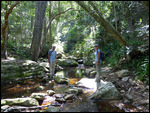
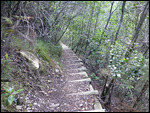
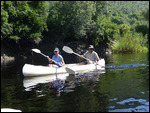

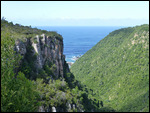


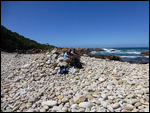
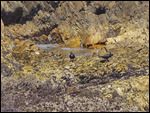
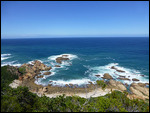
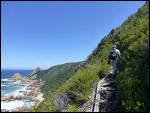
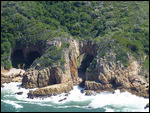
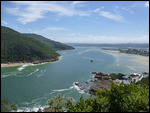
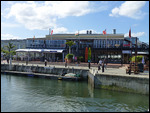
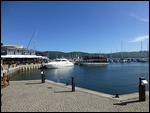
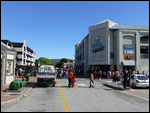

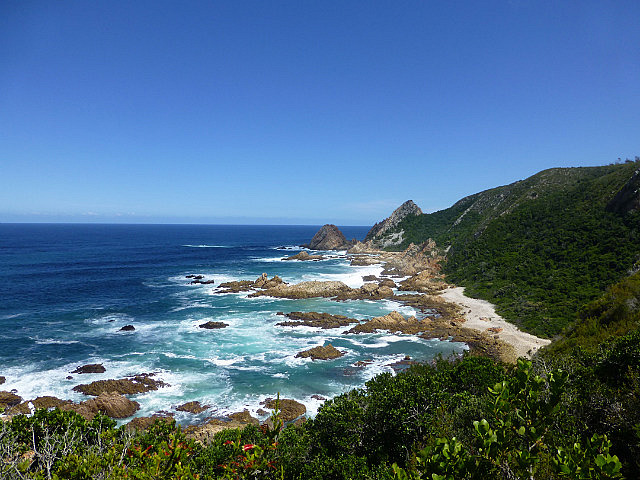

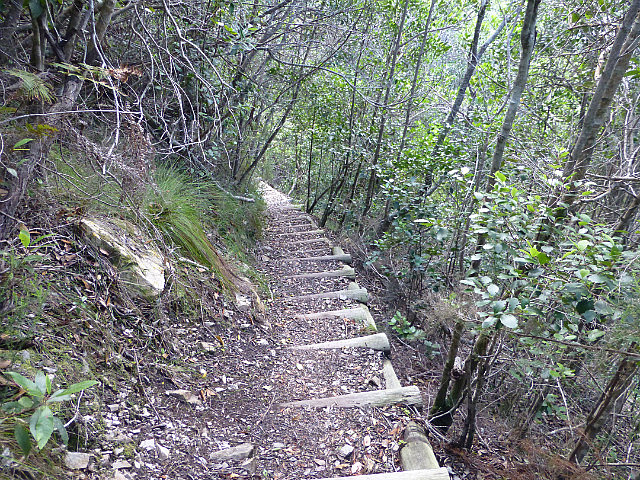
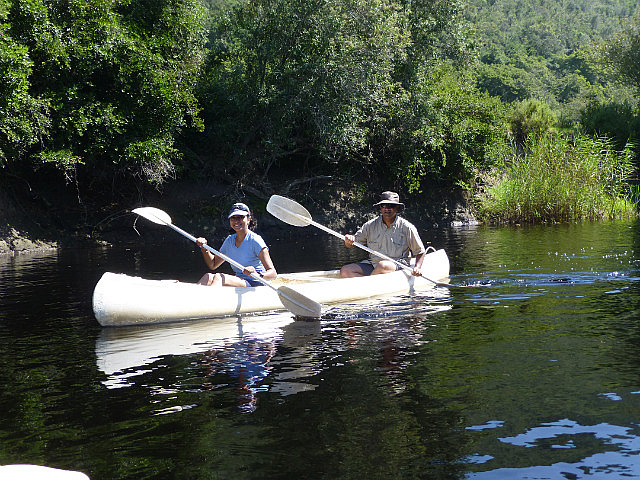
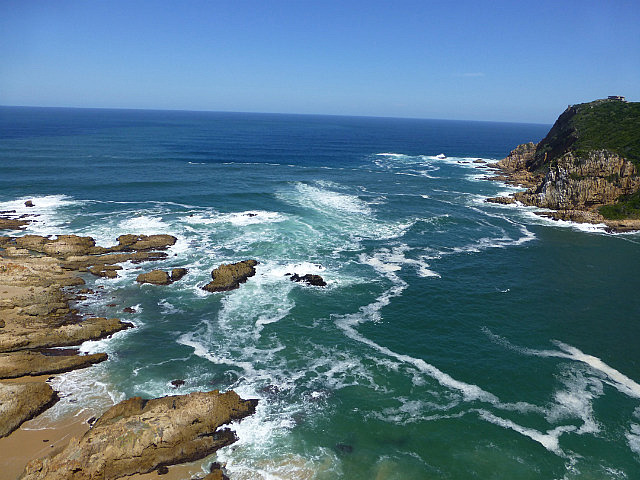
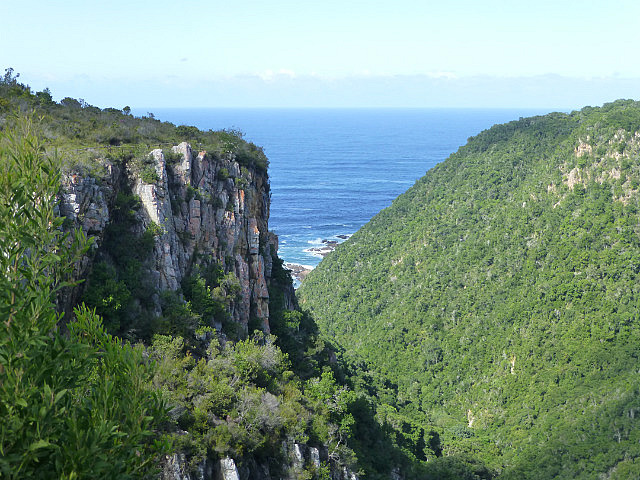

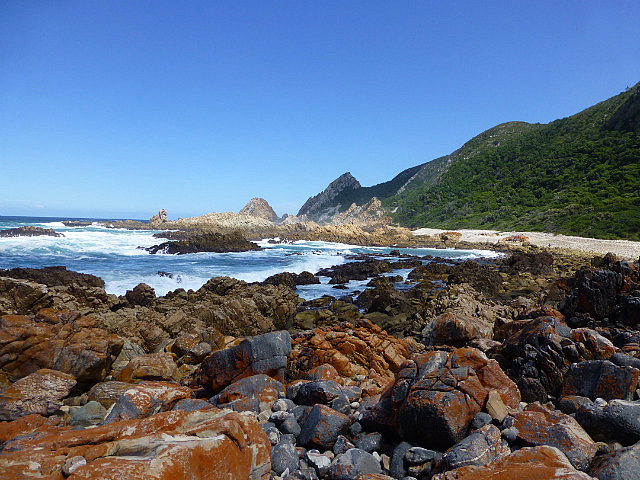
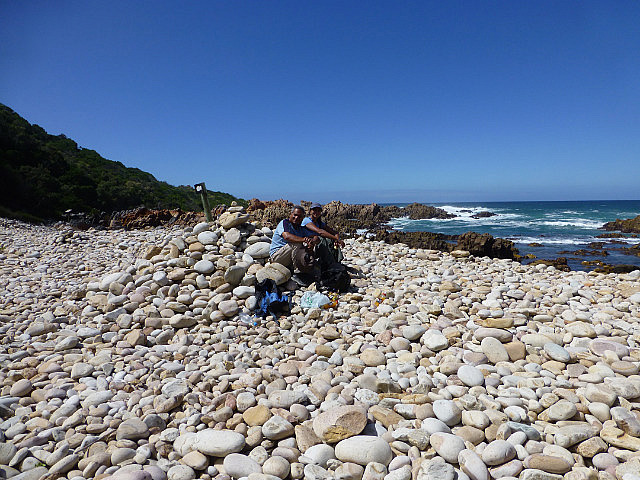

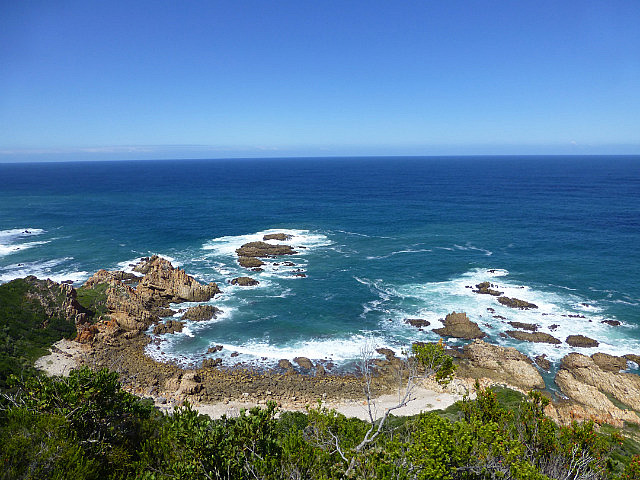
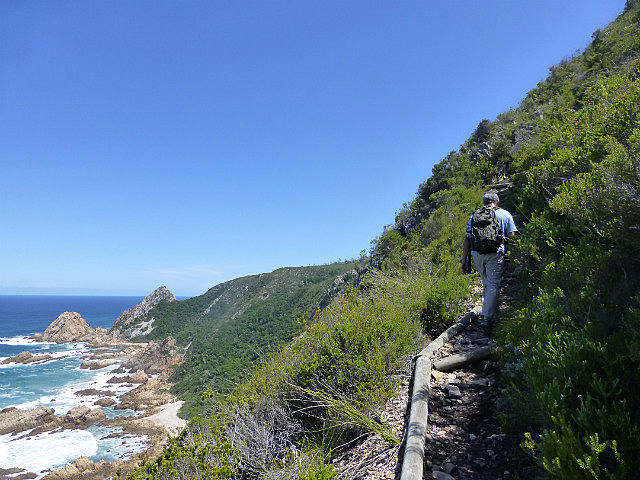
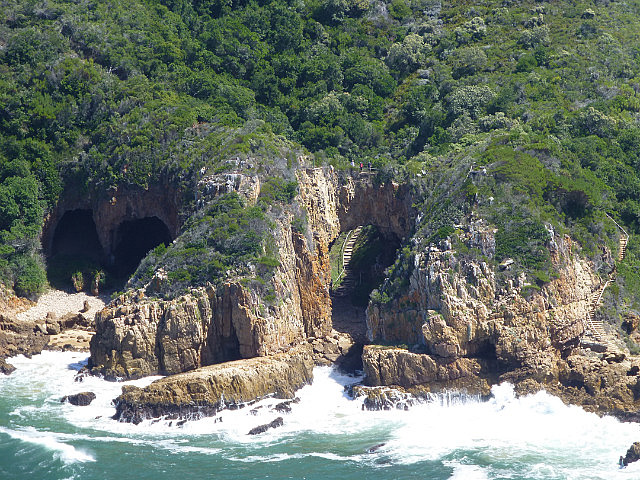
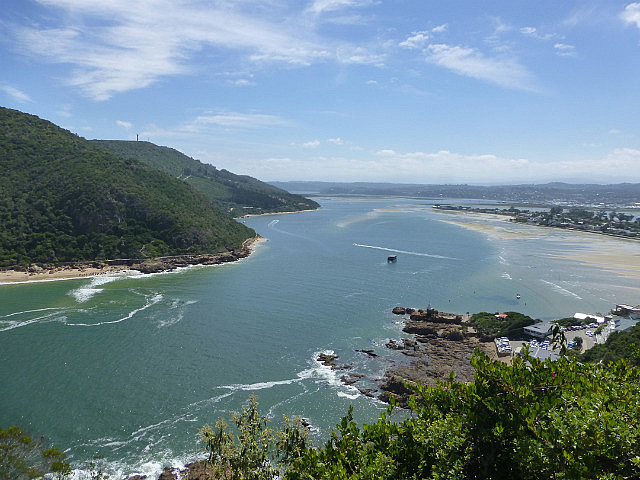
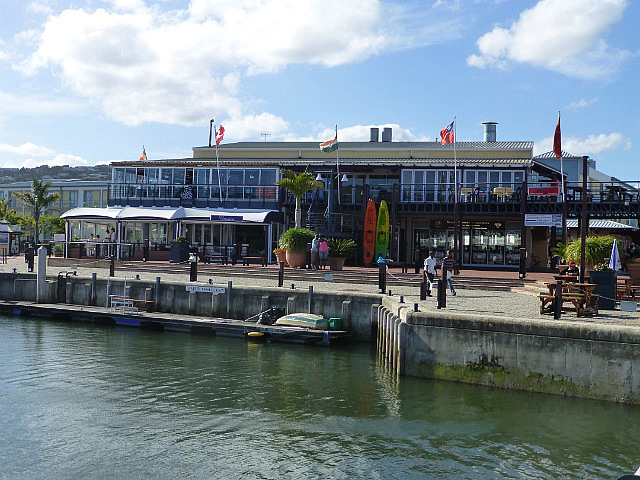
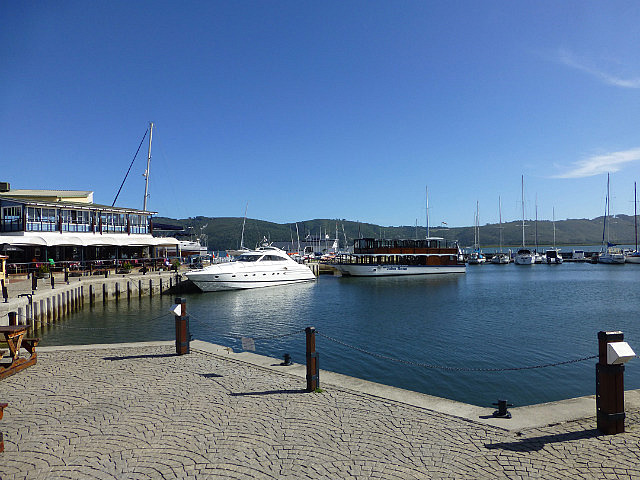
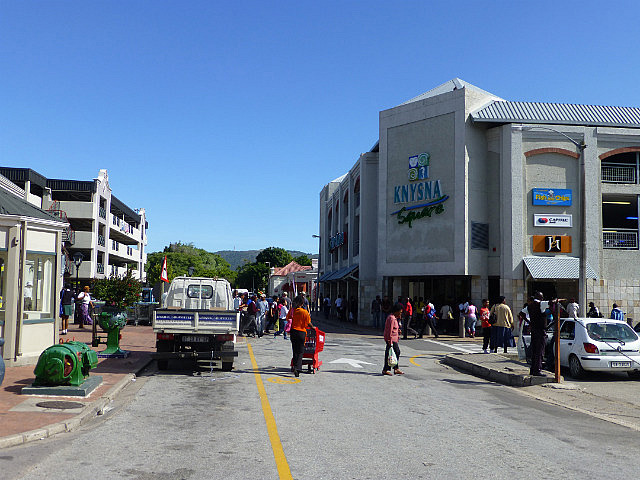
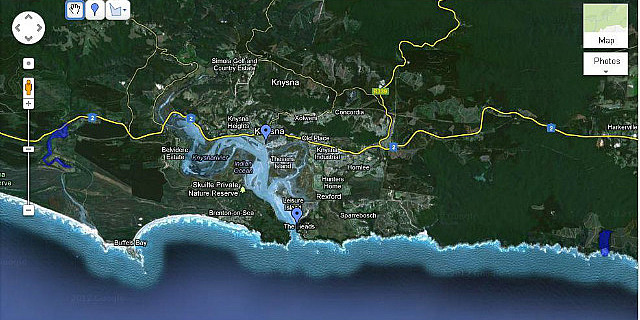
Comments